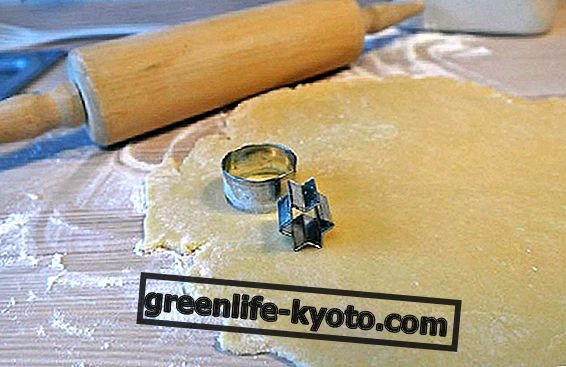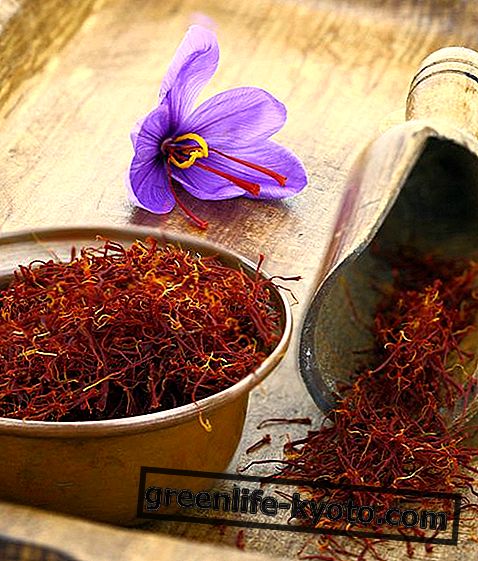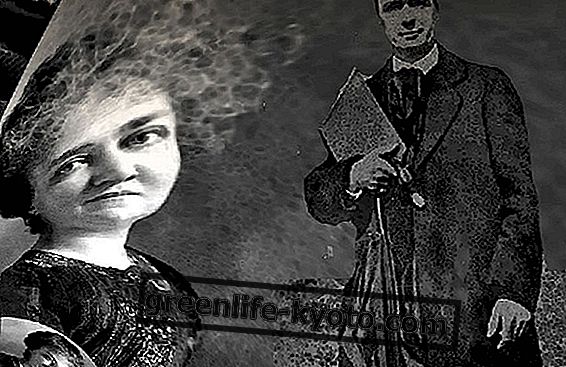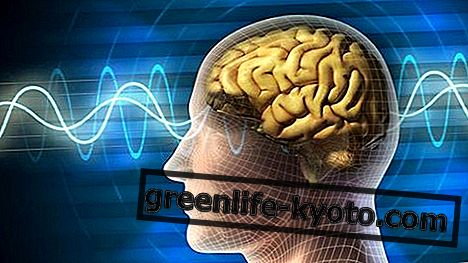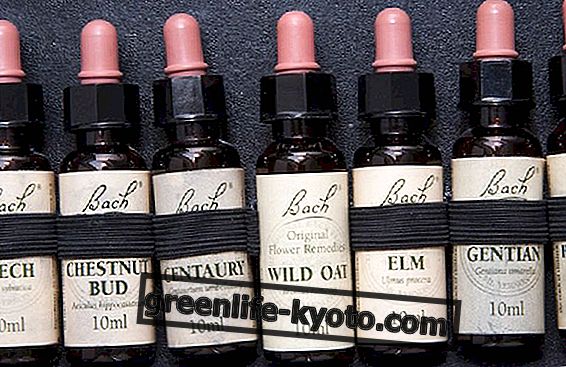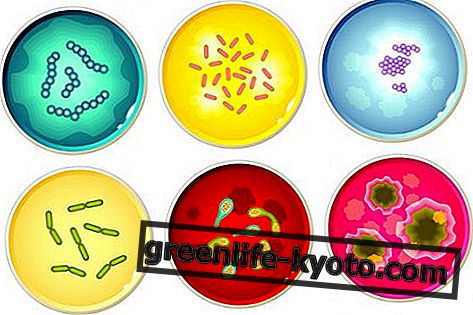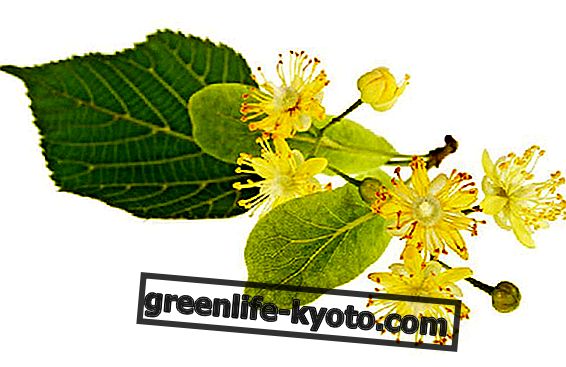
Huang Ti and the unification of China
It is known by several names: Huang Di, Huang Ti or Xuanyuan Gonshun. Definitely more suggestive, the Yellow Emperor . Founder of the Han, the greatest Chinese ethnic group, is part of the dynasty of the so-called "Five Emperors". His reign goes from 2697 to 2597 before Christ.
Its history is often intertwined with myth : as a spiritual guide of the Huaxia tribe, the future emperor is transformed into a leader who leads his own people towards not only territorial but also cultural achievements, such as agriculture, breeding and the navigation.
Defeated Chi You, the mythical and monstrous incarnation of the god of war, Huang Ti unifies the different ethnic groups under his command. The Yellow Emperor (the name derives from the Yellow River that delimits the territories of the kingdom) is therefore preparing to rule an empire.
An empire that corresponds to a homogeneous cultural and social identification under a single strong personality that will last just over a hundred years.
The light emanating from the glowing wings of a phoenix that appeared in vision at Shaohao, successor to the throne, marks the passing of Huang Ti, for which, in Shaanxi, the Mausoleum of the Yellow Emperor is erected.
Huangdi Neijing, the Emperor's Internal Medicine Canon
Chinese medicine, certainly the oldest among traditional medicines, is the harmoniously complete expression of the spirit and culture that has developed over the centuries. Its fundamental principles are the same that inform the global vision of the world of the philosophy and religion of China.
It is precisely under the Han Dynasty (206 BC - AD 220) that Chinese medicine takes its classical form in the development of therapeutic methods, oral teaching and written codification.
To this period dates a fundamental text, comparable - due to the wide range and influence it has had over the years - to the Corpus Hippocraticum in the West: the Huangdi Neijing or canon of internal medicine of the Yellow Emperor . Written in the form of a dialogue between Huang Ti and its prime minister Qi Bo, it is a vast compendium of Taoist philosophy and history of medicine and a collection of treatises on various theoretical and practical aspects of medical science.
In China, even today, the Huangdi Neijing is considered the most influential medical text. It is divided into two volumes, the Huangdi Neijing Suwen, which contains the so-called " simple questions ", and the Huangdi Neijing Lingshu also called " spiritual hinge ". Each volume consists of 81 chapters.
The Huangdi Neijing addresses many basic topics of traditional Chinese medicine, including the relationship with Taoism, the concept of yin and yang, the theory of the five elements, anatomy, diagnostics, the concept of disease and the different known therapeutic modalities, including acupuncture.
The Chinese government has included Huangdi Neijing in the catalog of the most important works of ancient literature.


